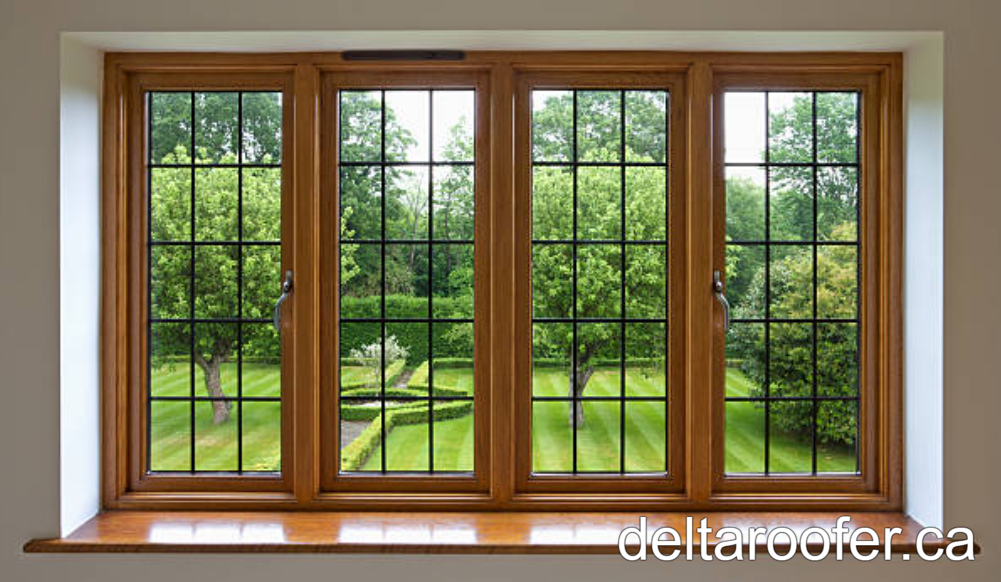Window frames: The various types and styles of window frames and their benefits
Windows are an essential part of any home or building, and their frames play a crucial role in their function, durability, and aesthetic appeal. The choice of window frame material can affect the energy efficiency, security, and maintenance needs of your windows. In this article, we will explore the different types and styles of window frames and their benefits.
Wood Frames
Wood frames are a classic choice for windows, known for their natural beauty and warmth. They can be painted or stained to match any decor style, and they offer good insulation properties. However, wood frames require regular maintenance, such as painting or sealing, to protect against moisture and decay.

Vinyl Frames
Vinyl frames are a popular choice for their low cost, low maintenance, and energy efficiency. They come in a range of colors and styles and are resistant to moisture, rot, and insects. However, vinyl frames may not be as strong as other materials and can expand and contract in extreme temperatures.
Aluminum Frames
Aluminum frames are durable, strong, and low maintenance. They are also lightweight and can be made in slim profiles for a modern aesthetic. However, aluminum frames are not as energy efficient as other materials and can conduct heat and cold.
Fiberglass Frames
Fiberglass frames are a newer option that combines the strength and durability of aluminum with the energy efficiency of wood. They are resistant to moisture, rot, and insects, and can be painted or stained to match any decor. Fiberglass frames are also low maintenance, but can be more expensive than other materials.
Composite Frames
Composite frames are made of a mixture of materials, such as wood fibers and plastic resins, to create a durable and low maintenance frame. They offer good insulation properties and can be painted or stained to match any decor. However, composite frames can be more expensive than other materials.
When choosing a window frame, consider your budget, maintenance needs, and energy efficiency goals. Look for frames that have a good balance of strength, durability, and insulation properties. Consult with a professional installer or window manufacturer for advice on the best frame material for your specific needs.
In addition to the material, there are also various styles of window frames, including:
Single-hung frames: These have a fixed top sash and a movable bottom sash.
Double-hung frames: These have both top and bottom sashes that can be opened and closed.
Casement frames: These have a single sash that swings open on a hinge, like a door.
Awning frames: These have a single sash that swings out from the bottom and can be left open in rainy weather.
Sliding frames: These have a movable sash that slides horizontally along a track.
Picture frames: These are fixed windows that do not open and are often used for a large, unobstructed view.
Each style has its own benefits and drawbacks, depending on your preferences and needs. For example, casement windows offer good ventilation and security, while sliding windows are space-saving and easy to operate.
In conclusion, choosing the right window frame material and style can greatly impact the functionality and aesthetic appeal of your windows. Consider your budget, maintenance needs, and energy efficiency goals when selecting a frame material, and choose a style that best fits your needs and preferences. With the right window frames, you can enjoy beautiful, functional, and energy-efficient windows for years to come.